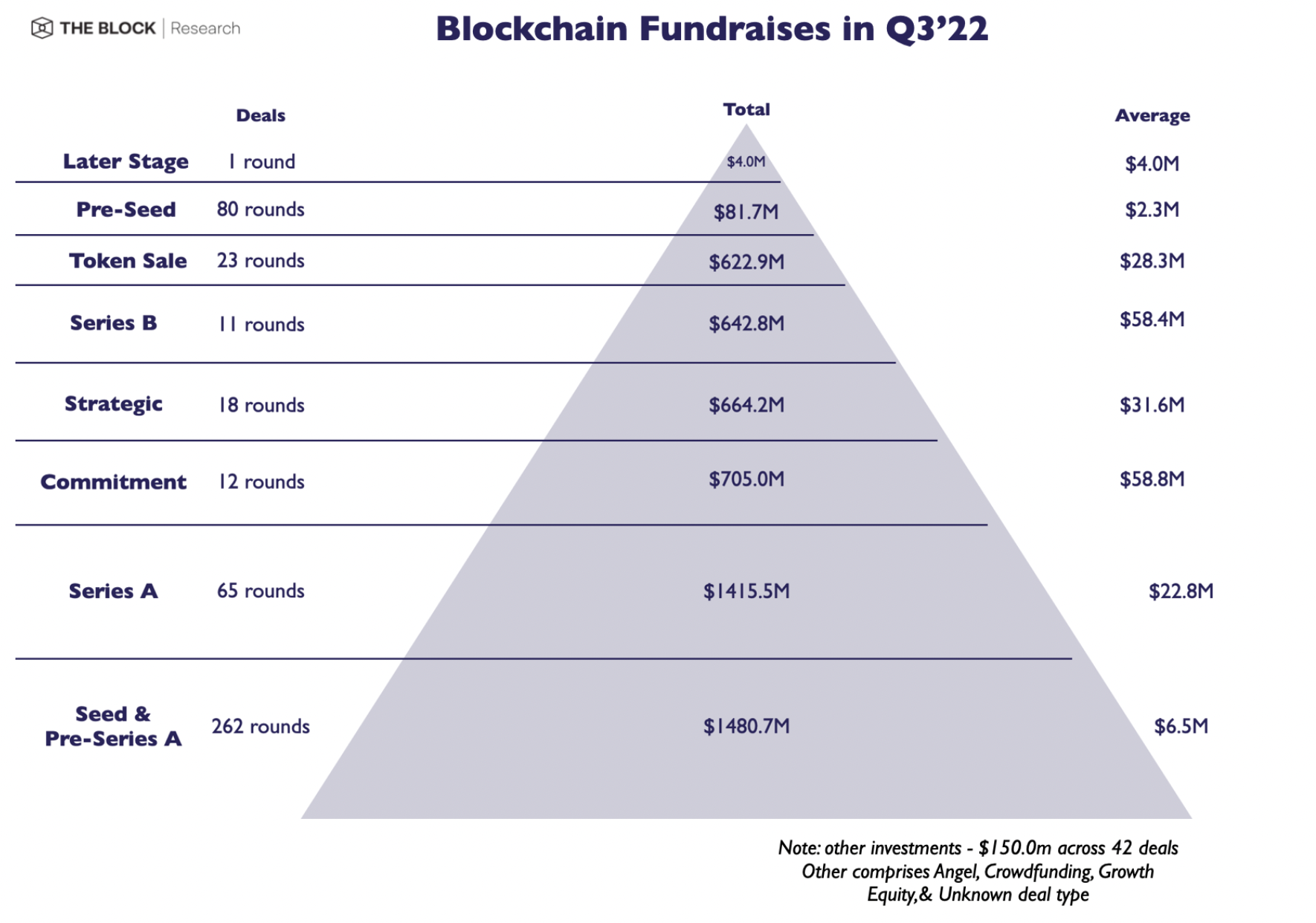FTX has recorded a surge in stablecoin outflows amid growing, unsubstantiated fears surrounding the crypto exchange’s financials.
In the last seven days, more than $451 million in stablecoins has flown out of the exchange, according to Nansen data, caused by a flurry of large withdrawals from users. Nansen tracks wallets that it estimates belong to FTX based on on-chain data.
FTX is under pressure following a leaked portion of balance sheet details from its sister trading firm Alameda Research. Changpeng Zhao, the CEO of rival exchange Binance, upped the stakes over the weekend as he came out saying his firm was planning to liquidate a large sum of FTX’s stablecoin.
“In crypto when shit gets stress tested, always better being safe rather than sorry even if super low chance,” The Block’s VP of research Larry Cermak tweeted today, referring to why traders have been pulling their funds from the exchange. He added in a separate tweet that, “the chance of FTX insolvency is near 0%.”
How the situation developed
FTX’s balance sheet numbers, first reported by CoinDesk, stated that Alameda had a total of $14.6 billion in assets and some $8 billion in liabilities, including $7.4 billion worth of loans, as of June 2022.
Among its assets, Alameda listed $3.66 billion in “unlocked FTT,” the native token of crypto exchange FTX, and another $2.16 billion worth of “FTT collateral.” The feared insolvency claims stem from the fact that a significant portion of Alameda’s asset holdings were in FTT, a token created by the firm, rather than more traditional assets like fiat currencies.
Alameda’s CEO Caroline Ellison later clarified that the leaked balance sheet represented a subset of holdings, and that the firm had an additional $10 billion in assets. Still, it wasn’t enough to quell fears and prevent a market response. As details of the balance sheet began circulating, investor funds started to move funds away from the exchange, on-chain data shows.
Just today, wallets labeled as those belonging to FTX, saw large fund transfers to other parties, showing the exchange withdrawals. Those making these withdrawals included Jump Trading, a trading firm with close ties to FTX, that withdrew about 40.4 million USDC, according to on-chain analytics and security firm PeckShield.
The situation for Alameda and FTX exacerbated when Changpeng Zhao, the CEO of crypto exchange Binance (also a competitor to FTX), came out saying his firm was planning to liquidate a large sum of FTT tokens on the market.
Binance had received about $2.1 billion worth of the BUSD stablecoin and FTT “[a]s part of Binance’s exit from FTX equity last year.” But Zhao said he wanted to sell more than $500 million worth of FTT, a step that could potentially drive down FTT’s price and eat into the value of the exchange’s net assets. This accelerated further worries that have ensued in the lead up to panicky FTX-related withdrawals.
Now investors are betting against the FTT token. The open interest on FTT-related futures and perpetual derivatives has reached more than$ 215 million, double from yesterday and a 12-month high. Open interest in a derivatives market refers to the total value of unsettled trading contracts.
Also, the funding rate on FTT perpetual trading is negative, which combined with high open interest, indicates that a large sum of traders’ money is a short on FTT token, meaning traders are betting that FTT token will go down in price. Currently, FTT trades at $22.57, and is trading down 2% on the day, per CoinGecko.
© 2022 The Block Crypto, Inc. All Rights Reserved. This article is provided for informational purposes only. It is not offered or intended to be used as legal, tax, investment, financial, or other advice.
